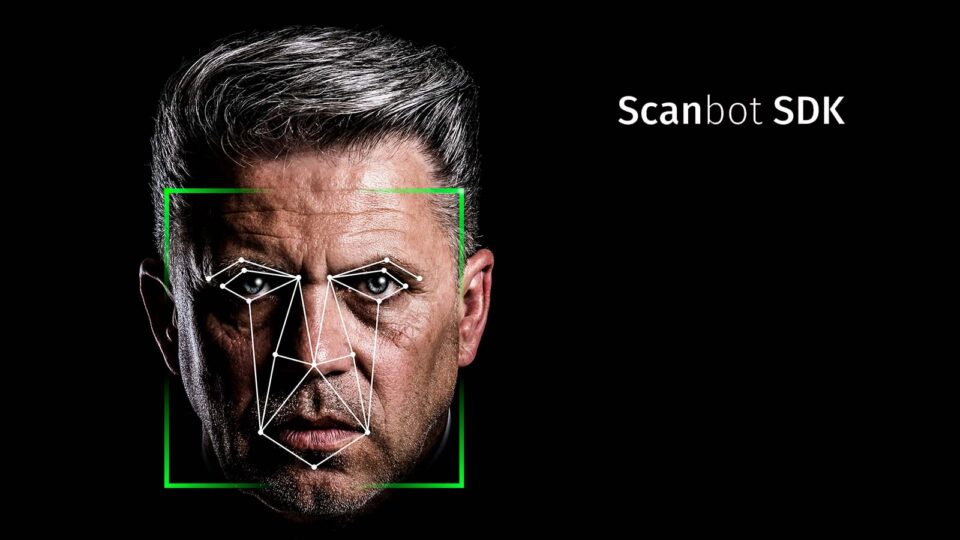The Scanbot SDK is now available for the NET MAUI framework for cross-platform app development. This gives enterprises an additional option to easily integrate Scanbot SDK’s reliable data capture solutions into their mobile applications.
With the Barcode Scanner, Document Scanner and Data Capture SDKs, companies can easily eliminate costly, slow and error-prone manual data entry and improve the employee and customer experience. The SDKs are available natively for iOS, Android, Windows, Web and soon Linux, as well as all for common cross-platform frameworks, including Xamarin, React Native and Flutter. More than 200 enterprises worldwide use Scanbot SDK’s products for billions of scans every year.
Read More CIO INFLUENCE News: CIO Influence Interview with Joe Ramieri, VP of North America at Instabase
The .NET MAUI framework lets developers create native user interfaces and applications for multiple platforms using a single codebase. In comparison to its predecessor, Xamarin.Forms, MAUI promises better performance, increased productivity, and a more streamlined developer experience. It is built on top of .NET 6, which brings improved performance and features across all platforms.
The two frameworks currently coexist, but MAUI is planned to replace Xamarin entirely by May 2024, when Microsoft’s official support for all Xamarin SDKs ends. Until then, Scanbot SDK will continue to support the older framework.
Browse More CIO INFLUENCE News: CIO Influence Interview with Michael Berthold, CEO at KNIME
“Thanks to the Scanbot .NET MAUI SDK, our customers have the option to switch frameworks early and stay ahead of the curve or to wait until the technology has found its footing in the developer community,” says Eduard Frank, CTO at Scanbot SDK. “Of course, we will support Xamarin as long as Microsoft does. Giving our customers exactly what they need to succeed is an essential part of our company DNA and providing SDKs for both platforms is a testament to that.”
NET MAUI offers several advantages over Xamarin.Forms: Instead of having to set up a dedicated project for each target platform, developers create just one that covers all operating systems. They can then store resources like fonts and images in a single location. Additionally, the MAUI framework includes platform-specific APIs, which makes accessing native device functionalities much easier.
Latest CIO INFLUENCE News: CIO Influence Interview with Filip Verloy, Field CTO for the EMEA Region at Noname Security
[To share your insights with us, please write to sghosh@martechseries.com]


